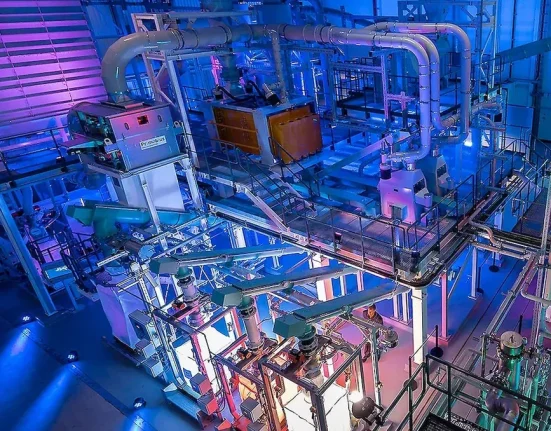How BYD’s Vertical Integration Is Shaping the Future of Supply Chains
By George Girgess
As global supply chains evolve under pressure from economic, technological, and geopolitical factors, few companies exemplify strategic control like BYD. The Chinese electric vehicle giant has engineered one of the most vertically integrated supply chains in the modern industrial landscape—one that spans lithium mining, battery production, semiconductors, EV assembly, aftermarket recycling, and even logistics.
But what looks like a model of efficiency also comes with unique trade-offs.
The Strategic Edge of Vertical Integration
BYD’s supply chain offers unmatched control over:
- Critical raw materials, via stakes in lithium mines across China, Africa, and South America
- Battery cell production, through its proprietary Blade Battery technology
- Semiconductor supply, via BYD Semiconductor and joint ventures
- End-to-end manufacturing, including electric motors and final vehicle assembly
- Closed-loop recycling, enabling sustainability through FinDreams Battery Recycling
- This deep integration minimizes procurement risk, compresses lead times, and aligns production tightly with R&D and sales.
Moreover, BYD’s heavy upstream investments—especially in raw material extraction and refinement—ensure tighter quality control, secure supply during market volatility, and reduce long-term dependence on external vendors. These moves insulate the business from raw material price spikes, but also demand immense capital outlay.
So! What’s the Catch? The Hidden Risks
- Vertical integration, however, isn’t a silver bullet. Our capstone analysis revealed key challenges:
- Scalability Limitations: Heavy capital investments make global expansion slower and riskier
- Geopolitical Exposure: Centralized operations increase vulnerability to trade restrictions and policy shifts
- Flexibility Constraints: Internal dependencies may limit the company’s ability to pivot quickly in fast-changing markets
2025 and Beyond: BYD’s Digital & Sustainable Vision
Looking ahead, BYD is positioning itself as a tech-enabled, circular supply chain pioneer. Future investments are targeting:
AI-driven demand planning and scenario-based S&OP
Digital control towers, blockchain traceability, and predictive risk systems
Modular micro-factory networks for regionalized, scalable production
Lifecycle carbon monitoring and battery passport compliance to align with ESG regulations
The Financial Trade-Off: Control vs. Capital
BYD’s vertical model has major financial implications. Internally controlled production reduces long-term procurement costs, increases margin stability, and adds pricing power. However, it comes at the cost of:
High CapEx requirements for building and maintaining in-house facilities
Longer ROI timelines
Greater exposure to internal operational risks compared to diversified outsourcing
The challenge: balancing control and efficiency with financial agility.
Final Takeaway
BYD’s vertical integration gives it a formidable edge in cost control and resilience—but the future lies in balancing that control with global agility. The key will be continued digitalization, supplier diversification, and scalable manufacturing networks.
As more manufacturers seek to de-risk and localize supply chains, BYD’s blueprint offers both inspiration and caution. Mastering vertical integration requires not only resources, but also foresight—and above all, adaptability.








Leave feedback about this